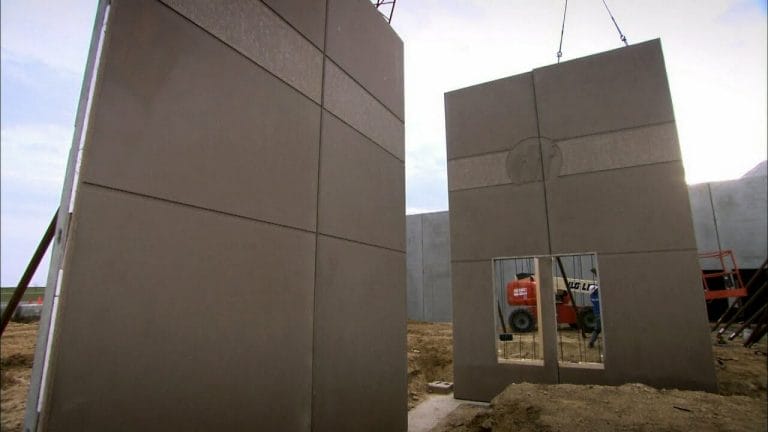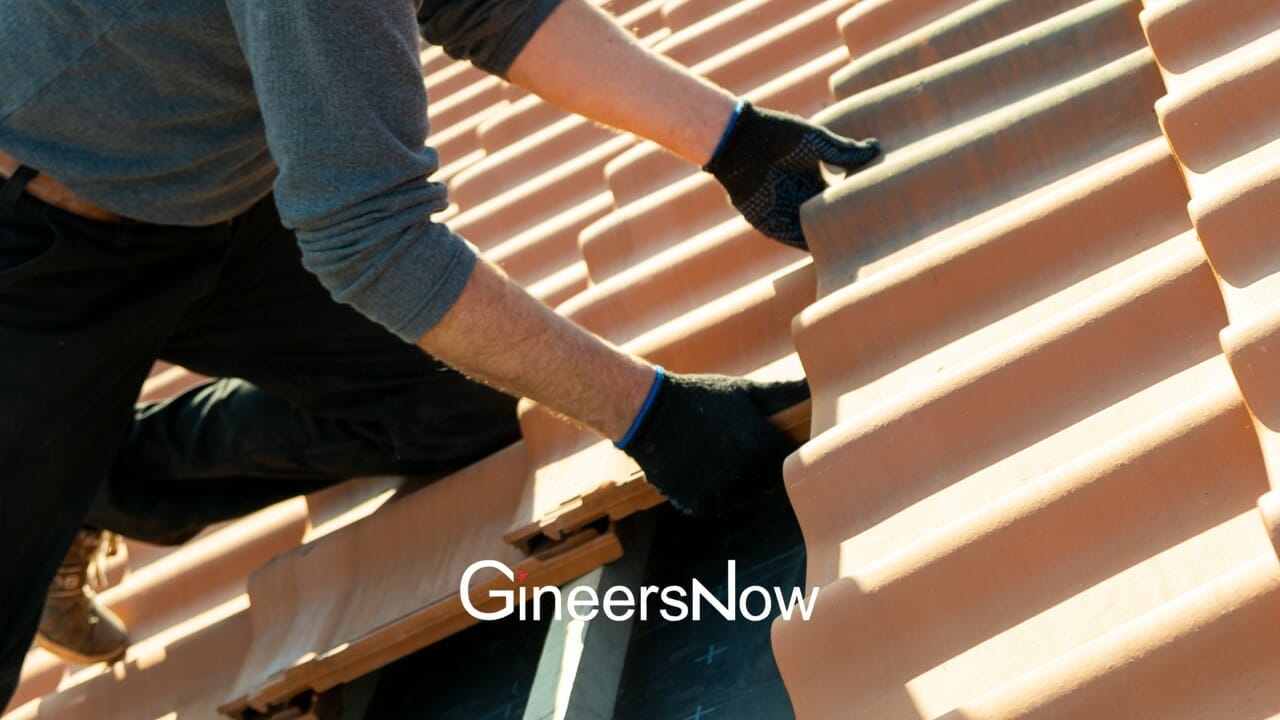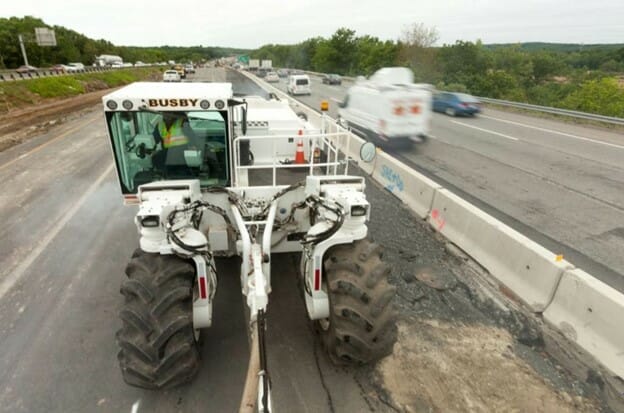There are essentially two ways to manufacture concrete in construction: precast or cast-in-place. Choosing one varies depending upon the nature of the site work. But while either of the two works – in the end the structure gets built – there are reasons why construction managers should lean towards using precast concrete over the other in most circumstances because of the following advantages:
- Precast is manufactured in a controlled environment, hence it is much easier to control the quality of the mix, placement and curing.
- Using precast concrete instead of cast-in-place saves more time. Pouring concrete in-situ can add 3 days to the length of the project, while precast concrete can be made in advance and just be placed on site to be integrated in the structure. It can be installed immediately.
- There are no weather issues when it comes to precast. A fabrication site for precast concrete can operate regardless of the weather.
- Less labor, which can be less skilled, is required in contrast to cast-in-place.
- For repeated, similar pieces like walls on a high-rise building, using precast is favorable because such products can be made out of one mold and one setup.
- Precast concrete can have accelerated curing, which increases strength gain; whereas cast-in-place concrete can have deviation in strength because of extreme temperatures and humidity.
- If there are last-minute changes in the design, precast concrete offers the flexibility to make such before the concrete is poured into the form.

Source: Precast Org
















